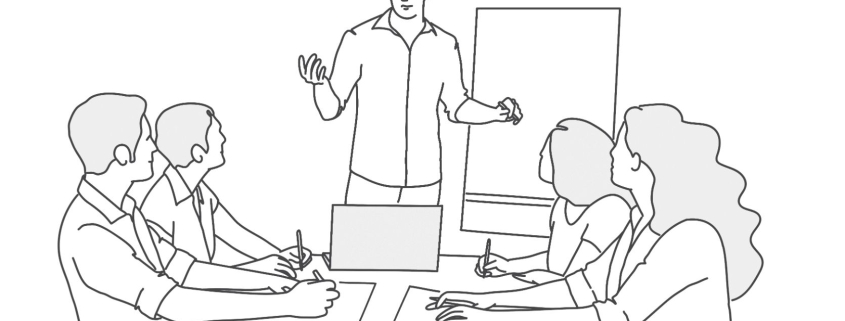What To Look For in Self-Delivery Training
Looking to Self Deliver Soft Skills Training – Here’s What to Look For
Last time I wrote about why you might consider delivering your own soft skills training in a blog entitled If You Want Something Done Right. I realize that delivering soft skills training may not be for everyone, but the rewards of leading your team through a workshop can be significant and long lasting. It can literally be a game changer. For those who are looking to deliver soft skills training, here is what to look for when evaluating programs.
If you are thinking about delivering training for your team, there are two options available to you. One is to create your own training program and the other is to purchase a program ready made for self-delivery. For this blog, I will focus on the ready-made option. What follows are the key factors to consider when evaluating soft skills training programs that are designed for self-delivery.
Relevance: There are many excellent training programs out there, but not all may be directly relevant to your needs. The more the training reflects the reality of the day-to-day challenges your team faces, the more effective it will be. Therefore, if your team are highly skilled service professionals working in a business-to-business environment, then a program geared for non-technical, salespeople serving consumers in a retail store, may not be as impactful as you had hoped – no matter how good the quality of the training program is.
Preparation Instructions: Although not part of the actual facilitation, preparation instructions are important, particularly if this is the first time you are delivering the program. These instructions should include specific preparation steps, and timelines to ensure that you are fully prepared for the training.
Detailed Facilitation Notes: The facilitation notes should provide you with adequate guidelines on how to facilitate the workshop. If a PowerPoint presentation is included, the notes should be associated with each slide. The key is to provide step-by-step instructions to minimize the time needed for preparation while ensuring your facilitation delivers the learning experience intended by the program.
Background Notes: Since facilitation plays an important role in how well participants grasp the subject matter, it is helpful to have background notes on the facilitation process itself. Where applicable, it is helpful to understand why it is suggested that you use a particular example or present the material is a certain way. The notes should also provide additional information on the point being presented that would not typically be included in the facilitation notes themselves.
Customization: One of the great advantages of self-delivery is the ability to customize the examples and relate them directly to the content. The self-delivery program you consider should allow for this and provide the opportunity and instructions on what to customize. With our Proactive Service® Self-Delivery Workshop for example, we provide templates and instructions for the customizable elements.
Videos and Video Access: An excellent way to communicate information and create the learning experience intended. Although not absolutely necessary, accompanying videos are a big plus if the training you are considering includes them.
Follow-up: Perhaps the most important component of any program is the follow-up that takes place after the training. People learn by repetition and managers would do well by repeating the key learning points at every opportunity once the training is completed. Anything that the training package you are considering has to enable you to do this easily is important. In our Proactive Service® Self-Delivery Workshop, we provide ongoing access to view the videos after the training so that they can be used for onboarding and refreshing. We also provide follow-up emails to keep the core ideas top of mind as well as short exercises that can use during regular service meetings to help participants practice the core skills.
Making the decision to lead your own training session is not for the faint of heart but the rewards in the form of behaviour and cultural change can far outweigh the effort. If you are considering leading your own session for your team, evaluate the program to ensure fit with your operations and that it provides what you need to support the behaviour change you are counting on.
Tell me and I forget. Teach me and I remember. Involve me and I learn.
– Benjamin Franklin





